ISO 9001:2015 Clauses 7.1.5 & 7.1.6: Ensuring Valid Measurements and Organizational Knowledge
Introduction
Dive into ISO 9001:2015 Clause 7.1.5 and 7.1.6 to understand two critical QMS pillars: Monitoring & Measuring Resources and Organizational Knowledge. This guide goes beyond simple compliance, explaining how these clauses are crucial for building trust in your processes and protecting your company’s intellectual assets. Discover how to ensure your equipment provides valid results through calibration and traceability, and learn to manage the knowledge your organization needs to thrive by capturing and sharing intellectual property and lessons learned. By mastering these requirements, a company can not only meet customer demands but also build a resilient system that drives continuous improvement and ensures long-term business success.
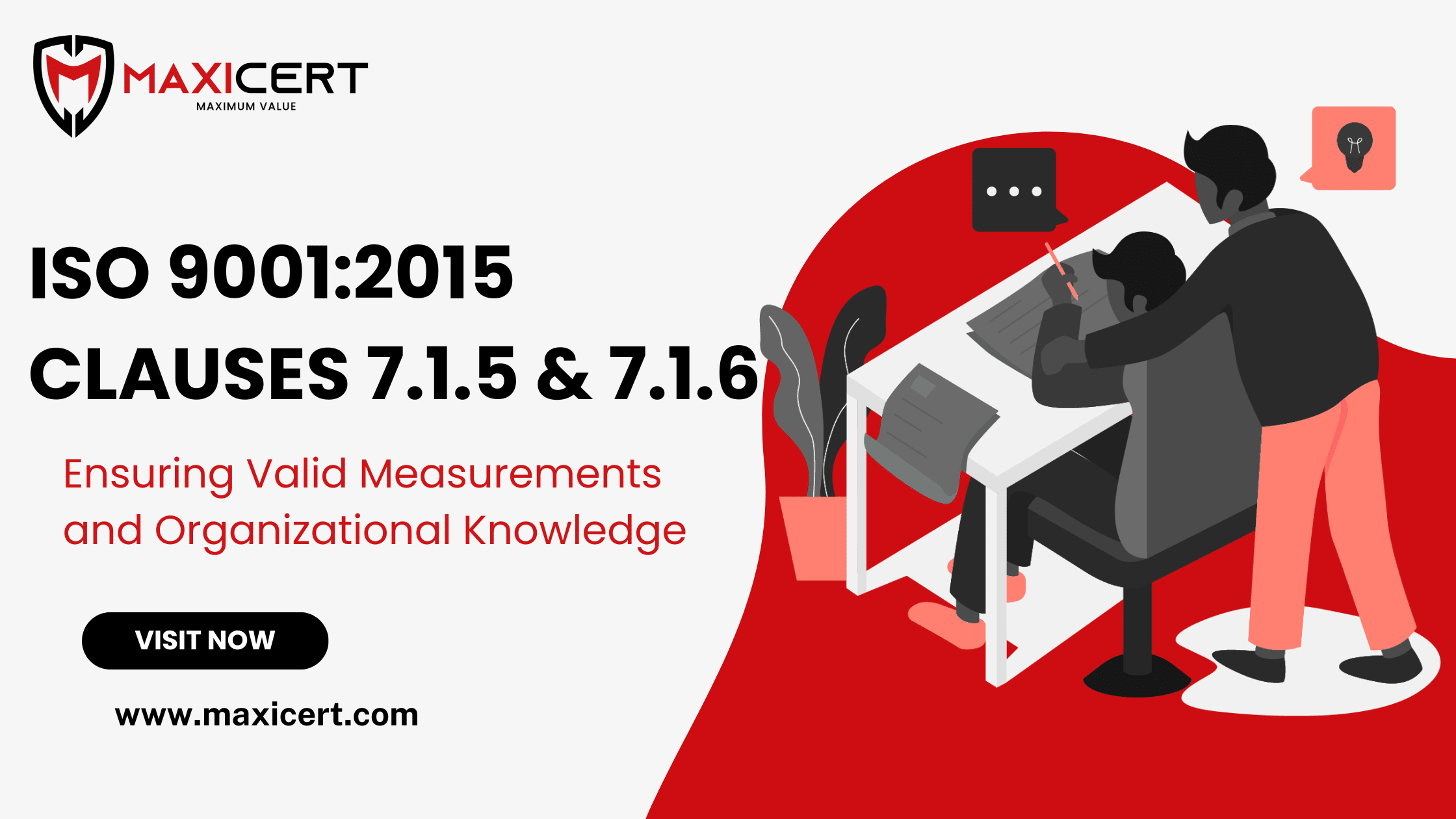
7.1.5 Monitoring and Measuring Resources
7.1.5.1 General
The organization shall determine and provide the resources needed to ensure valid and reliable results when monitoring or measuring is used to verify the conformity of products and services to requirements.
The organization shall ensure that the resources provided:
- a) are suitable for the specific type of monitoring and measurement activities being undertaken;
- b) are maintained to ensure their continuing fitness for their purpose.
The organization shall retain appropriate documented information as evidence of fitness for the purpose of the monitoring and measurement resources.
The intent of this clause is to ensure you have the necessary tools and support to both maintain and improve your QMS. Resources go beyond just physical equipment; they also include the personnel, facilities, and financial support needed. For instance, this could involve training staff on new equipment, acquiring new tools through purchase or lease, or even outsourcing a specific measurement activity to a specialized external provider. Regular review of these resources is essential to ensure they remain adequate for the work being done.
7.1.5.2 Measurement Traceability
When measurement traceability is a requirement, or is considered by the organization to be an essential part of providing confidence in the validity of measurement results, measuring equipment shall be:
- a) calibrated or verified, or both, at specified intervals, or prior to use, against measurement standards traceable to international or national measurement standards; when no such standards exist, the basis used for calibration or verification shall be retained as documented information;
- b) identified in order to determine their status;
- c) safeguarded from adjustments, damage or deterioration that would invalidate the calibration status and subsequent measurement results.
The organization shall determine if the validity of previous measurement results has been adversely affected when measuring equipment is found to be unfit for its intended purpose, and shall take appropriate action as necessary.
ISO 9001:2015 Clause Guide Panel
- Clause 1
- Clause 2
- Clause 3
- Clause 4 – Sub-clause 1
- Clause 4 – Sub-clause 2
- Clause 5 – Sub-clause 1
- Clause 5 – Sub-clause 2
- Clause 5 – Sub-clause 3
- Clause 6 – Sub-clause 1
- Clause 6 – Sub-clause 2
- Clause 7 – Sub-clause 1
- Clause 7 – Sub-clause 2
- Clause 7 – Sub-clause 3
- Clause 7 – Sub-clause 4
- Clause 8 – Sub-clause 1
- Clause 8 – Sub-clause 2
- Clause 8 – Sub-clause 3
- Clause 8 – Sub-clause 4
- Clause 8 – Sub-clause 5
- Clause 8 – Sub-clause 6
- Clause 8 – Sub-clause 7
- Clause 8 – Sub-clause 8
- Clause 8 – Sub-clause 9
- Clause 8 – Sub-clause 10
- Clause 8 – Sub-clause 11
- Clause 8 – Sub-clause 12
- Clause 9 – Sub-clause 1
- Clause 9 – Sub-clause 2
- Clause 9 – Sub-clause 3
- Clause 9 – Sub-clause 4
- Clause 10
Having Confidence in the Equipment Used to Check Your Work
It is very important that the organisation understands the concepts of monitoring and measurement.
- Monitoring implies observation and supervision activities (using monitoring equipment) over a period of time.
- Measurement considers the determination of a quantity, magnitude, or dimension, by using measuring equipment.
The use of measuring equipment (e.g. a measuring tape) will deliver a value of a quantity, whereas the use of monitoring equipment (e.g. a survey questionnaire) could deliver non-quantitative results. Measuring equipment is or can be calibrated or verified, or both, while monitoring equipment can be validated but may not be able to be calibrated.
For service organizations (e.g. a school, marketing organization, consultancy, or travel agency) typical methods monitoring may include the use of monitoring equipment, questionnaires, test sheets, telephone or internet surveys.
Validation activities should be performed before the monitoring equipment is used, to assure that the results for a specific purpose will be achieved.
Measurement can be applied to material items (tangible products) or immaterial items (intangible product/service) e.g. customer surveys.
ISO 9001:2015 Clause 7.1.5 & 7.1.6: Key Concepts at a Glance
Monitoring & Measuring (7.1.5)
Ensures equipment provides valid results. Requires proper resources, maintenance, and calibration traceable to national or international standards.
Organizational Knowledge (7.1.6)
Knowledge unique to your company, gained through experience. Must be maintained, accessible, and sourced from both internal and external channels.
Documented Information (7.5)
QMS must include documented information and records to prove compliance. Ensures knowledge is protected, accessible, and always up-to-date.
The Goal
By managing measurements, knowledge, and documentation, organizations build a foundation for continuous improvement and long-term success.
Deciding on Appropriate Monitoring or Measuring Equipment
The organisation needs to decide on the appropriate monitoring or measuring equipment.
- If, for example, the inspection method is only visual, the organisation might not need to have any measuring or monitoring equipment.
- If use is made of measuring equipment to verify compliance with your customers’ requirements, the organisation will need to consider how it is calibrated, controlled, stored, used and its accuracy maintained at the level needed.
- However if the organisation is using measuring equipment for indication purposes only, they do not necessarily have to be calibrated. The key message here is do not automatically calibrate everything.
When a comparison is performed and the readings of the organisation’s equipment are in sufficient agreement with the reference without need of adjustments, the organisation may say that verification was done.
Calibration
Calibration is the process of comparing the organisation’s measuring equipment against a reference standard to determine how accurate it is and whether or not it is still capable of meeting the accuracy required for the measurements made with it. Calibration should be carried out to a defined program, with established frequencies either on a:
- calendar cycle (monthly, annually), or
- usage basis (before each use or after a number of uses), or
- after any incident that could affect the calibration.
The organisation needs to establish what the reference standard is going to be. A reference standard might be provided with the measuring equipment. For example, a paint thickness meter is normally supplied with a set of thickness standards. In other instances, to get access to a suitable reference standard the organisation might need to buy one or use a calibration laboratory.
For a reference standard to have validity, it needs to be traceable back to an appropriate recognized national or international standard.
Accuracy and Tolerance Considerations
The organisation also needs to take into account just how accurate the measurements need to be. How accurate your measuring equipment needs to be will depend upon how much tolerance is permissible in what you are measuring. Measuring equipment usually should be capable of measuring to a much closer tolerance than the tolerance specified.
However, there is no point in having equipment calibrated to unnecessarily high accuracy if the organisation does not need that degree of accuracy for its operations.
The organisation should also ensure that personnel who use the measuring equipment receive any necessary training they might need.
Examples:
- The manufacturing of parts for cars has a requirement to measure to an accuracy of one tenth of millimetre (0.1 mm).
- A dressmaker may require an accuracy of one millimetre (1 mm).
- A model builder may have a tolerance of 50 mm on the width of a round.
Another example is the use of a GO/NO-GO gauge, when a precise quantifiable measurement cannot be obtained or is not really necessary and an indication of simple acceptability vs. non-acceptability (NO-GO) is sufficient.
Ensuring Measuring Equipment Operates Effectively
To make sure the measuring equipment operates effectively and gives reliable results, the organization need:
- to make sure it is properly maintained, regularly calibrated and adjusted as needed,
- to describe how this will be done so that records are available which show calibration is traceable to international standards, and
- to make sure it is possible to identify which measuring equipment has been calibrated and that it is suitable for use (e.g., label the measuring equipment).
If measuring equipment is found to be faulty, the organisation has to find out at what stage it went wrong. The organisation also needs to decide whether you should do anything about the product you have passed using that measuring equipment.
The results of any review could indicate that no action is required or that a product recall is required.
Calibration Responsibility: Internal vs External
For small organizations, the choice is to either carry out calibration themselves or use an external supplier.
If the organization decides to calibrate internally, they will need procedures for each type of measuring equipment.
If the organization decides to use a supplier, they should consider:
- The supplier should be endorsed by an accreditation body.
- They should provide a calibration certificate stating the uncertainty of measurement.
- The certificate should show traceability to a national or international standard.
It may be possible for a supplier to calibrate the most accurate piece of equipment, which can then be used as a reference for others. For example, a calibrated digital thermometer can be used as a reference standard.
Calibration is expensive for small organizations. It is important to know the difference between a simple check for fitness for purpose and a full calibration required to provide confidence in your measurements.
Employee-Owned Measuring Equipment
In some organizations, it is common practice for employees to use their own personal measuring equipment (e.g., steel tapes, micrometers and Vernier callipers). When this occurs, it does not absolve the organization from ensuring that such measuring equipment is calibrated when it is used for release of product.
The solutions are to either:
- ban the use of employee measuring equipment, or
- calibrate it (with consent from the employee).
Calibration Records
In addition to calibrating any measuring equipment, records need to be kept to show:
- when the measuring equipment was last calibrated,
- who did it,
- the calibration procedure,
- the acceptance criteria,
- what the result was, its acceptability and how this affects the measuring equipment suitability (calibration status), and
- when the next calibration is due (this period depends on the type of measuring equipment, its usage and how critical the measurements are for control of a process or for verification of product conformity to requirements).
Measuring equipment should be suitably stored when not in use, to protect it from damage or deterioration. It should also be suitable for use in the proposed operating environment.
These precautions apply, in particular, to any master measuring equipment or reference standards used for calibration purposes.
Software Validation for Measurement
Testing software for product conformity is crucial, but it can be subject to degradation, viruses, or unintended programming. As full validation is often impossible for smaller organizations, the standard recommends using a reliable supplier.
- Test software may require validation and re-validation to ensure it performs as intended.
- Validation can be done by running tests with known data sets and outputs to ensure matching results.
- The methods used for validation should be recorded.
- Secure write protection should be used on test software to prevent unauthorized changes.
7.1.6 Organizational Knowledge
An organization must determine, maintain, and make available the knowledge necessary for its processes and to achieve product conformity. As needs and trends change, the organization must consider its current knowledge and determine how to acquire or access any necessary updates.
Organizational knowledge is specific to the company, usually gained from experience, and is shared to meet objectives. It comes from internal sources (like lessons learned and intellectual property) and external sources (like standards, academia, and customer feedback).
Top management should assess and protect the current knowledge base, while also planning to obtain future knowledge. Key issues to consider for managing knowledge include:
- Learning from failures and successes.
- Capturing the experience of employees.
- Gathering knowledge from customers and suppliers.
- Documenting both tacit and explicit knowledge.
- Communicating important information effectively.
- Managing data and records.
Conclusion
Effectively managing valid measurements and organizational knowledge is crucial for sustained success under ISO 9001:2015. By ensuring your equipment provides reliable results and your company’s knowledge is captured and shared, you build a strong foundation for continuous improvement. For seamless implementation and hassle-free certification, a professional partner like Maxicert can provide expert consulting and reliable advice to suit your business needs.
Achieve ISO 9001 Success: Maxicert Simplifies Competence, Awareness & Communication
Free 60–90 day implementation plan available after consultation.
FAQ
What's the difference between monitoring and measuring under ISO 9001?
Monitoring involves non-quantitative observation (like a survey or visual check). Measuring is a precise, quantitative activity using equipment to determine a specific value. Measuring equipment requires calibration, while monitoring equipment does not.
How does an organization handle measurement traceability without an international standard?
If a standard doesn’t exist, an organization can use its own basis for verification, as long as it retains documented information to prove the validity of the results.
What is Organizational Knowledge and why is it important for ISO 9001?
Organizational knowledge is the specific, experience-based information a company needs to operate effectively. It’s a key part of ISO 9001:2015 to ensure critical information isn’t lost due to staff turnover and to support continuous improvement.
What are the key requirements for a robust calibration program?
A good calibration program requires equipment to be:
- Traceable to standards.
- Calibrated at a defined frequency.
- Protected from damage and properly identified.
Supported by detailed records.
Client Testimonials
What Our Clients Say About Us?
We are trusted by thousands of clients belonging from technology, manufacturing, healthcare and various sectors
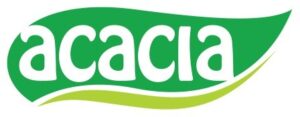

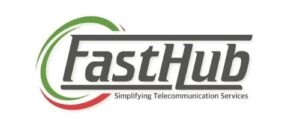

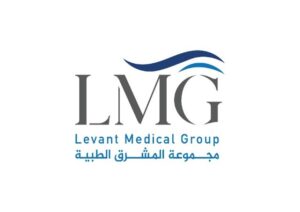


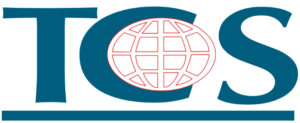
Our overall experience with Maxicert was satisfied. The audit and consulting part was handled carefully, we fulfilled our client requirement of ISO 27001 hassle free.
Kevin Santiago BDM – Clarks Outsourcing, PhilippinesTimely response and knowledge of ISO standards can be seen together in the team of Maxicert, we grow because of the service providers like Maxicert.
Samuel Christopher Quality Assurance Head – OEQA, NigeriaWe did Food safety certification with Maxicert, the service was extraordinary and their consultant had good experience of the subject.
Mr. Venkatesh Production Manager - Acacia Foods and Beverages, ZambiaWe engaged a consultant of Maxicert for our business certification, we now have a well-designed and organized department procedures and we rectify our errors through internal audits regularly.
Abdullah Al Rayes Managing Director – TCS, BahrainTechnical expertise by the team of Maxicert helped us achieving our ISO 13485 certificates, we now proudly say that we have achieved our target, all thanks to the team.
Nady Boustany CEO – LMG, IraqMaxiCert's approach to meet our needs proved instrumental in facilitating a seamless transition throughout the entire ISO certification process for us. Their training sessions are so much helpful.
Ms. Latifa Al Salem Investor portfolio – Ministry of Investment, Saudi ArabiaMaxicert is a one stop solution, we got trainings, documents, audit and certification at one place, they facilitated everything.
Ms. Mariam Chaggama VP – Fasthub, Tanzania





Their presence in Oman made us even better to accomplish our goal of achieving ISO certificates on time, we will definitely recommend their services.
Mr. Sailesh Mohanakrishnan Division Manager – Khimji Ramdas, Oman